This post has been updated to reflect new laws in place to simplify procedures across the government. For everyone coming to Peru, you will no longer have to fill out the Tarjeta Andina de Migracion or TAM.
Unless you’re a diplomat, nobody enters Peru on anything other than a tourist visa the first time. Most countries can enter Peru visa-free for at least 90 days.
Tourism is a huge part of Peru’s economy today, which means that getting past immigrations and into the country is simple. If you have a pulse and aren’t currently on INTERPOL’s most-wanted list, you’ll get in just fine. But if you’re stressing about the particulars of getting your tourist visa, read on.
Before coming to Peru:
Check this page first to see if you can enter Peru without a visa.
Make sure your passport has at least 6 months of validity before you come. You can renew at your local embassy if need be, but in general you don’t want to get caught with your legal pants down.
Misinformation circulates about the “outbound travel” rule. This rule basically states that a country won’t let you in without proof of a way out of the country. The airlines themselves tend to be the enforcers as they’re the first line of defense. In practice, this rule is rarely enforced, as Peru is a haven for tourist types like backpackers who wiggle their way through the country with no definite timetable. I came on a one-way flight with no issues. However, through my years of conversation with expats, I’ve stumbled across a couple of unlucky victims who were forced to buy a ticket on the spot.
If you absolutely want to cover your rear, buy a second ticket and immediately cancel it. New laws allow you to get a full refund within 24 hours. Bring the original confirmation with you and no one will be able to prove you don’t actually have any outbound travel.
Arriving to Peru:
Towards the end of your flight you’ll be handed a single form for customs.
On the customs form you should just mark no on everything unless you are in fact travelling with a huge pile of cash. Don’t do that anyway. What are you, a drug kingpin? Because that’s what they’re going to think.
Getting your Tourist Visa:
Once you deboard, follow the crowd. Pay attention to the lines. The ones on the right are for Peruvians and residents, you’ll head to the left. Have your passport in hand.
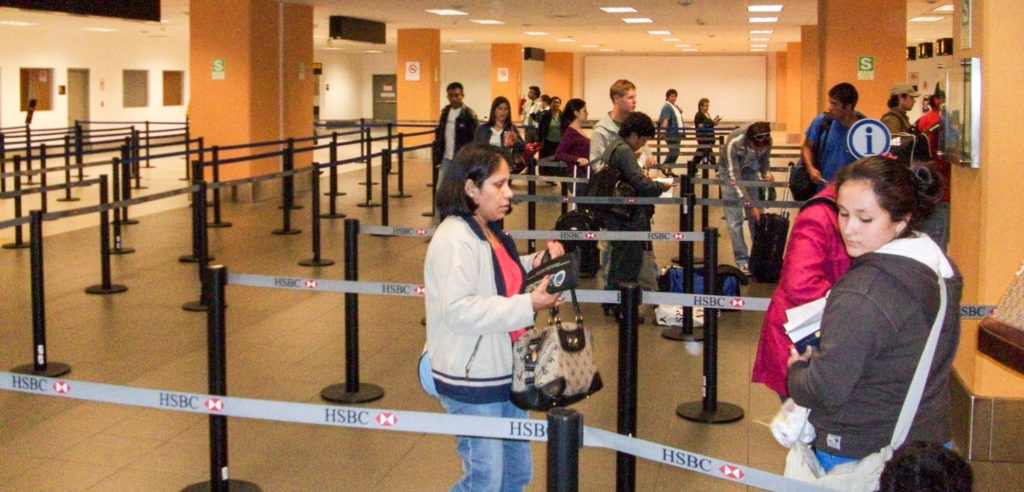
This part is relatively important. In Peru you are allowed to get between 30 and 183 days on your tourist visa, but it’s entirely up to the official. If you have proof of travel you can show that and request the necessary days. Asking for 183 straight away suggests you don’t know when you’re leaving (if ever) and is likely to be shot down. If you truly aren’t sure, pick a date on the calendar that has some festival or interesting event and point out you’d like to be able to go to that.
Every day you stay over your limit is $1, to be paid when you leave the airport.
The number of days you get is scribbled on the visa stamp, both in your passport and on this card.
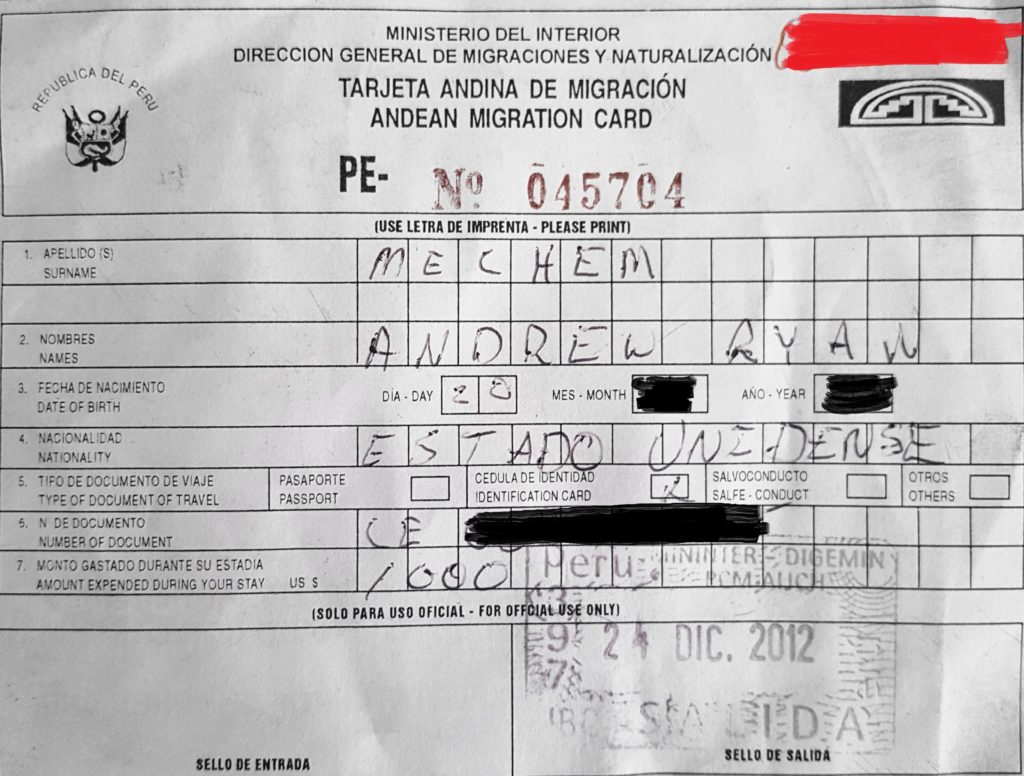
Pick up your luggage, and roll over to customs. Everyone has to put their bags through a belt, and are rarely stopped. You’ll hand off the customs form here and, barring a kilo of cocaine or a box full of iPhones, you’ll grab your bags and be home free.
At this point if you don’t have a pick up scheduled there will be taxi services hounding you. March straight to the “Taxi Green” counter halfway between the customs and exit doors, and tell them where you’re going. Pay there and make sure you get a receipt. You pay a bit more, but unless you know how much you should pay and can communicate that in Spanish to one of the cabs outside the building, just suck it up.
Congratulations! You’re now legally in Peru. If you’re planning on immigrating, check out our comprehensive guide to the process. Thousands of dollars of legal advice, free on Streets of Lima.

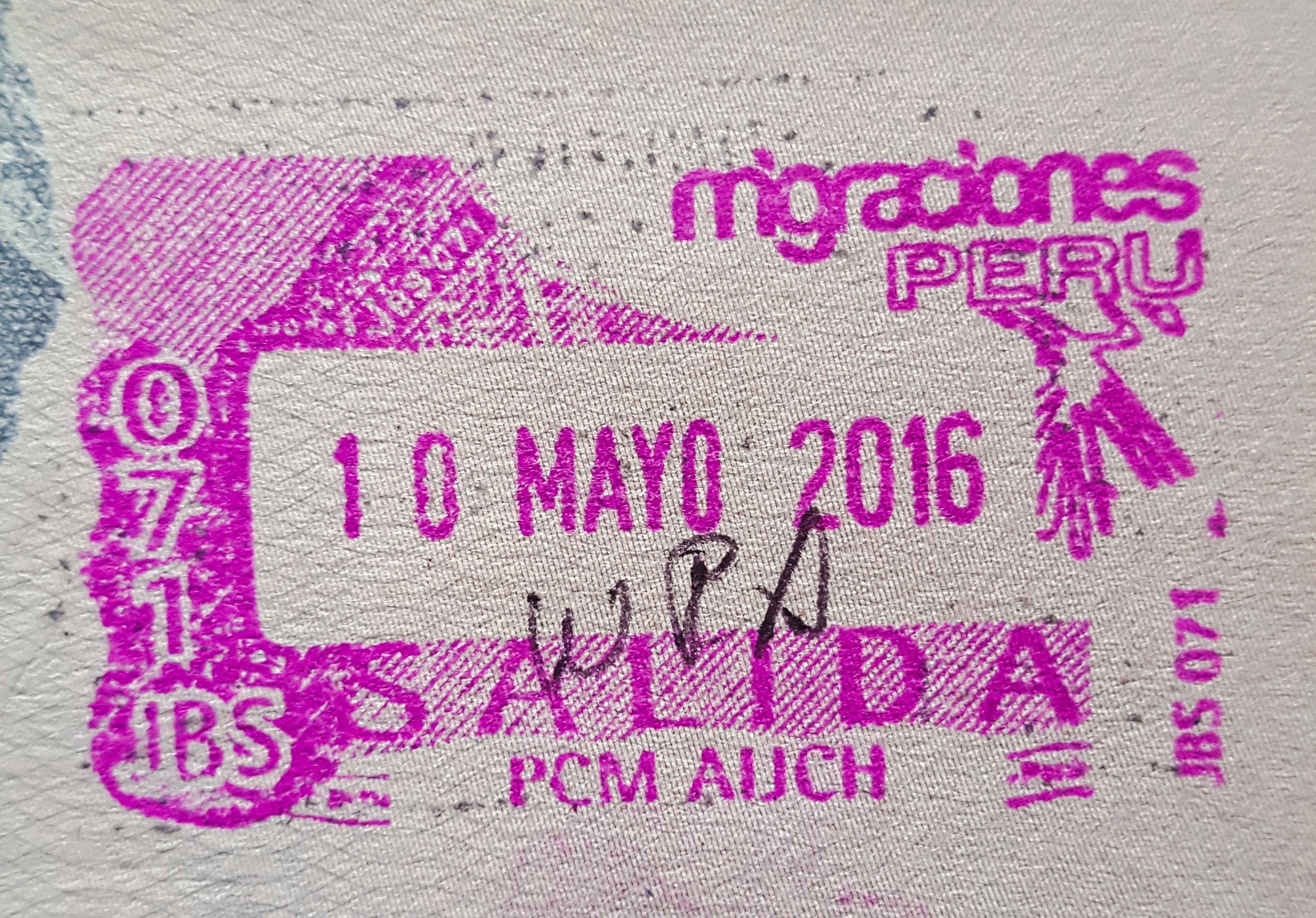


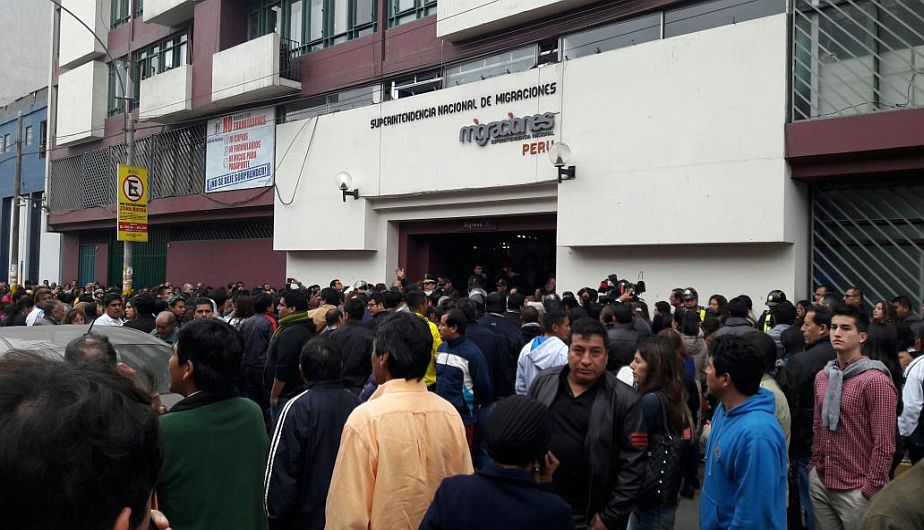
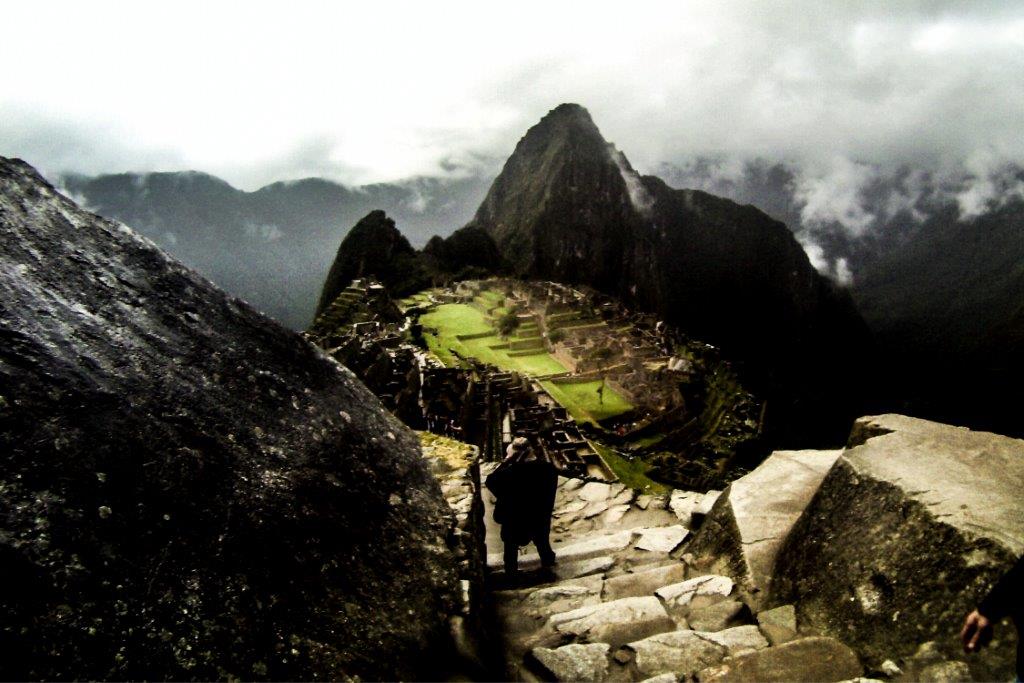
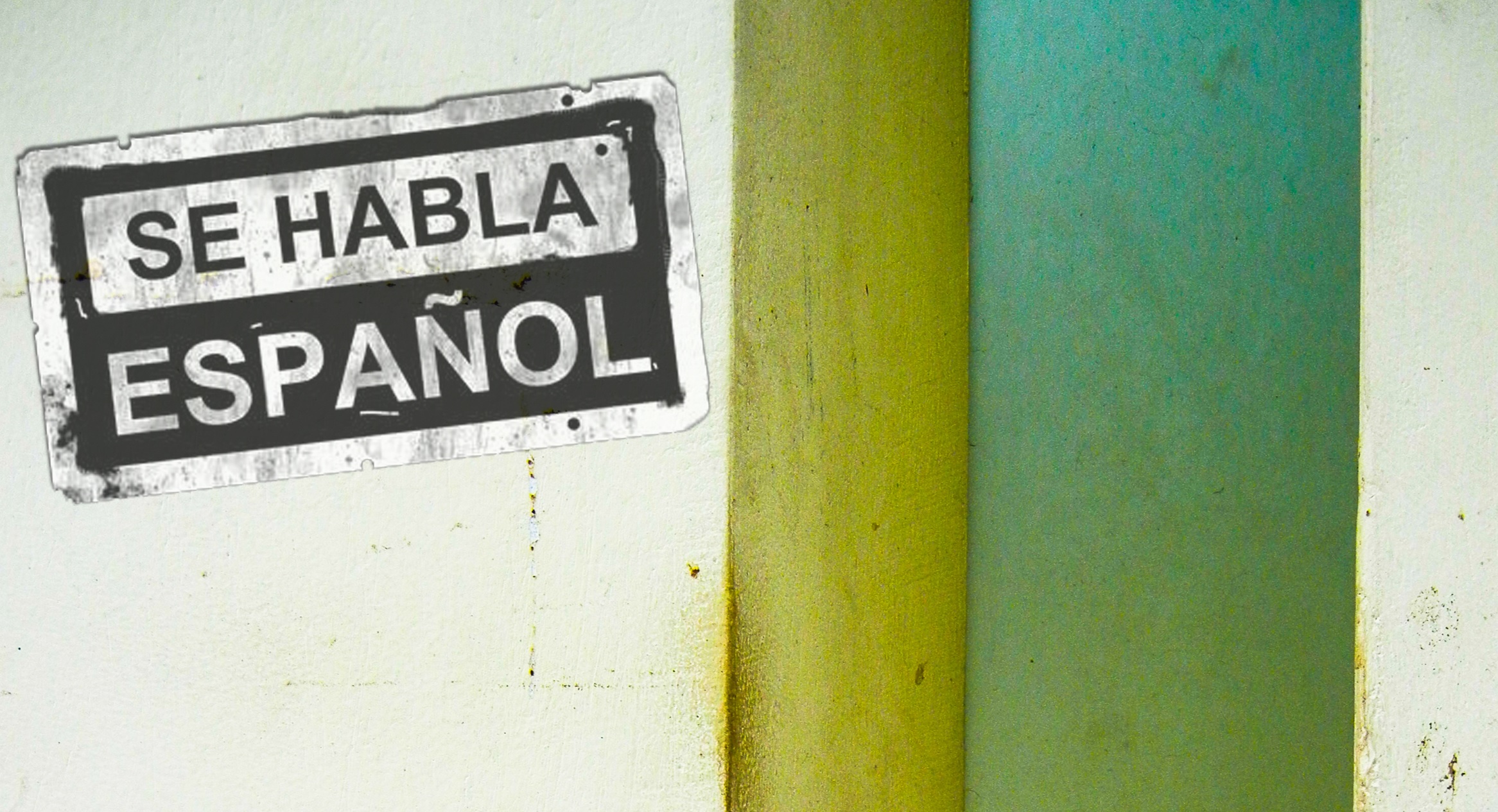


No Comment